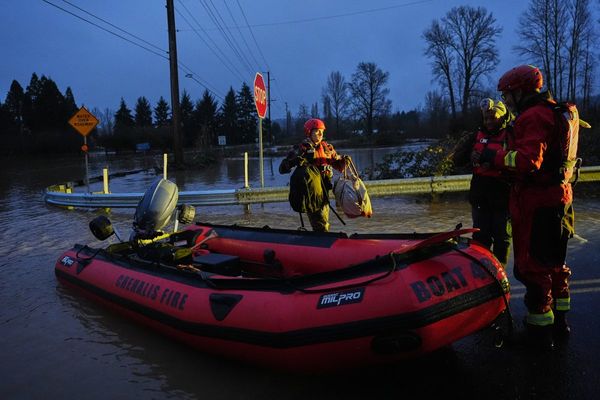
A recent scientific study has revealed that human-caused climate change played a significant role in increasing the likelihood and intensity of the hot, dry, and windy conditions that fueled the devastating wildfires in Southern California. The study, conducted by an international team at World Weather Attribution, found that global warming boosted the probability of high fire weather conditions in the region by 35% and increased its intensity by 6%.
The complex factors contributing to the wildfires included once-in-a-decade super strong Santa Ana winds, a dry autumn following two very wet years that led to rapid growth in flammable vegetation, hot weather, dry air, and the presence of vulnerable homes in fire-prone areas. The study focused on quantifying the impact of climate change on the fire weather index, which encompasses meteorological conditions indicative of fire danger.
Using observations of past weather patterns and computer simulations, the team compared the current scenario to a hypothetical world without the 1.3 degrees Celsius of human-induced climate change since industrial times. The study found that the warming attributed to climate change was a significant factor in the wildfires, despite the small geographical area analyzed.
California's appeal to its 25 million residents is due to its favorable climate, but the combination of dry, windy, and warm conditions can create a perfect storm for fire disasters. The study emphasized that the prolonged dry season in California has increased by 23 days, with a higher likelihood of rain scarcity in recent months compared to pre-industrial times.





While the research couldn't definitively quantify the impact of climate change on Santa Ana winds, experts highlighted the role of climate change in extending the fire season and increasing the risk of fires during peak wind conditions. The study warned that if global temperatures rise by another 1.3 degrees Celsius, similar weather conditions conducive to wildfires could occur 35% more frequently.
The study underscored that addressing human-induced climate change is crucial in mitigating the risk of future catastrophic wildfires. It emphasized that climate change is a scientific issue rather than a political one, and urgent action is needed to combat its effects.
For more climate coverage, visit AP's climate coverage page.







